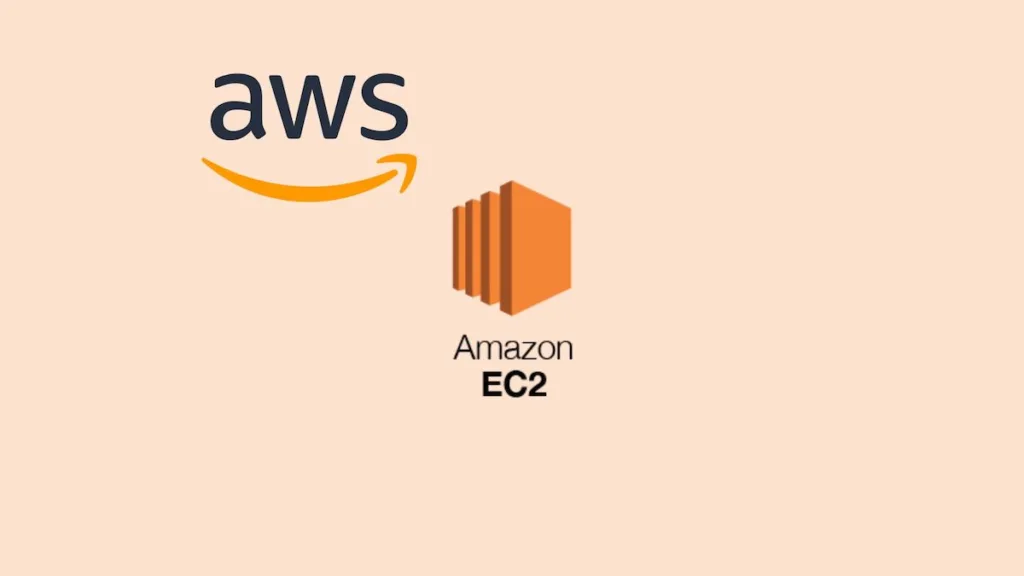Deep Dive into AWS EC2: An Overview, Components, and Interview Q&A
Mastering AWS EC2: Get ready for your interview with essential questions and answers covering AWS EC2, including components, scaling, security, monitoring, and more.
What is AWS EC2?
AWS EC2 (Amazon Web Services Elastic Compute Cloud) is a web service that provides resizable compute capacity in the cloud. Developers can design it to make web-scale cloud computing easier, allowing them to access and configure capacity with minimal friction.
What are the key components of AWS EC2?
The key components of AWS EC2 include Instances, Amazon Machine Images (AMIs), Instance Types, Security Groups, Key Pairs, Elastic IP Addresses, Elastic Block Store (EBS), and Instance Store Volumes.
What is an Amazon Machine Image (AMI)?
An Amazon Machine Image (AMI) is a pre-configured template for creating new EC2 instances. It includes the operating system, application server, and applications required to launch an instance.
What are Instance Types in AWS EC2?
Instance Types determine the hardware of the host computer used for the instance. Each instance type offers different compute, memory, and storage capabilities, allowing you to choose the appropriate resource mix for your application.
Explain the differences between On-Demand, Reserved, and Spot Instances.
- On-Demand Instances: You pay a fixed hourly rate for these instances, with no need for long-term commitments.
- Reserved Instances: You make a one-time payment for these instances, which provides you with a significant discount compared to On-Demand pricing.
- Spot Instances: These instances allow you to bid on spare Amazon EC2 computing capacity for even lower costs.
What are Security Groups in AWS EC2?
Security Groups act as a virtual firewall for your EC2 instances, controlling inbound and outbound traffic. You use them to define rules that allow or deny traffic to and from instances.
What is an Elastic IP address?
You can associate an Elastic IP address, a static, public IPv4 address, with your instances. This makes it possible to remap the address to another instance in case of failure or redeployment.
What is the difference between Elastic Block Store (EBS) and Instance Store Volumes?
EBS delivers persistent block-level storage volumes for use with EC2 instances, while you use Instance Store Volumes for temporary block-level storage directly attached to the host computer.
What are the different EBS volume types?
The different EBS volume types are General Purpose SSD (gp2 and gp3), Provisioned IOPS SSD (io1 and io2), Throughput Optimized HDD (st1), and Cold HDD (sc1).
How do you scale an EC2 instance?
What is an Amazon EC2 Auto Scaling group?
You can group a collection of EC2 instances with similar characteristics into an Auto Scaling group for scaling and management purposes.
What is an AWS EC2 Placement Group?
A Placement Group is a logical grouping of instances within a single Availability Zone, enabling you to influence the placement of instances to optimize for performance, cost, or availability.
What is AWS Elastic Beanstalk?
AWS Elastic Beanstalk is a platform as a service (PaaS) that makes it easy to deploy, manage, and scale applications in the AWS Cloud without worrying about the infrastructure that runs those applications.
What is Amazon EC2 Container Service (ECS)?
Amazon ECS, a fully managed container orchestration service, facilitates the running, stopping, and managing of Docker containers on a cluster of EC2 instances.
What is AWS Lambda?
AWS Lambda is a serverless compute service that lets you run your code without provisioning or managing servers, automatically scaling your applications based on the number of requests.
How do you monitor EC2 instances?
You can monitor EC2 instances using Amazon CloudWatch, which collects and processes raw data from EC2 instances into readable, near real-time metrics. You can use these metrics to set alarms, visualize data, and execute automated actions based on predefined conditions.
Can you explain the AWS Shared Responsibility Model?
The AWS Shared Responsibility Model is a security and compliance framework that divides the responsibility of securing the cloud infrastructure between AWS and the customer. AWS is responsible for the security of the cloud, while the customer is responsible for the security in the cloud.
What are the differences between stopping and terminating an EC2 instance?
When you stop an EC2 instance, it pauses, retains EBS volumes and Elastic IP addresses, and allows future restarts. Terminating an EC2 instance permanently deletes it along with any associated instance store volumes, and releases its Elastic IP addresses.
What are the instance states in AWS EC2?
The instance states in AWS EC2 include:
The instance states in AWS EC2 include:
- Pending: We are preparing the instance for running.
- Running: The instance is operational and ready for use.
- Stopping: We are in the process of stopping the instance.
- Stopped: The instance has stopped, but we can start it again.
- Shutting-down: We are in the process of terminating the instance.
- Terminated: We have permanently deleted the instance.
What is the difference between a regional and a zonal resource in AWS EC2?
Primarily, a regional resource covers an entire AWS region, while, in contrast, a zonal resource is specific to an Availability Zone. For example, EC2 instances are zonal resources. However, some AWS services like S3 and DynamoDB are regional resources
AWS EC2 Mastering, interview preparation, essential questions, answers, components, scaling, security, monitoring.


